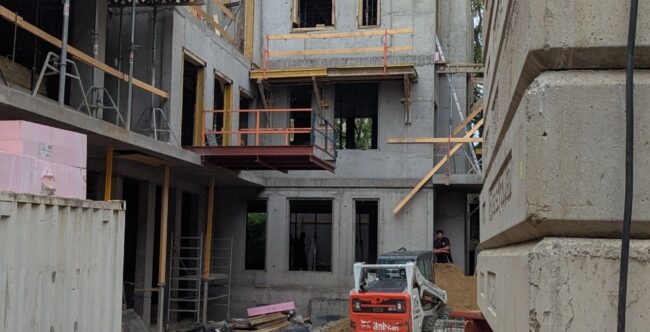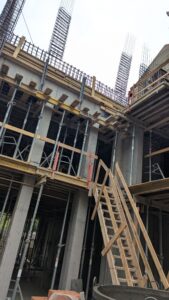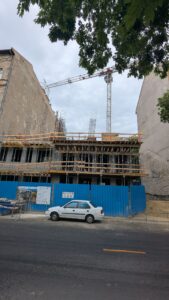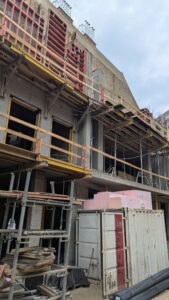
01. 10 .2025
Halfway up!
We are on schedule with construction of the Fundatio Tertio Millennio Residential College and Study Center, Budapest. This six level (above ground) construction is on target to be completed mid 2026. Great work to the entire project team and our builder Merkbau Group.



